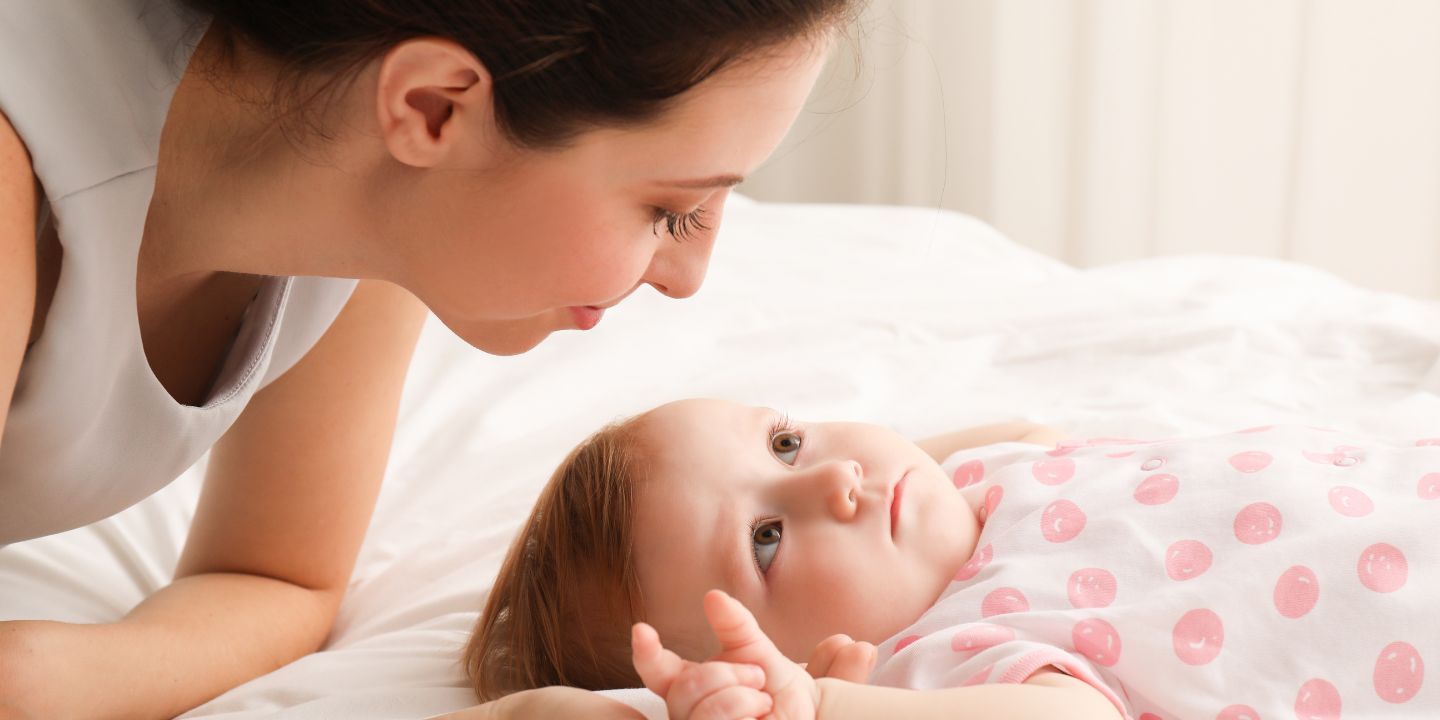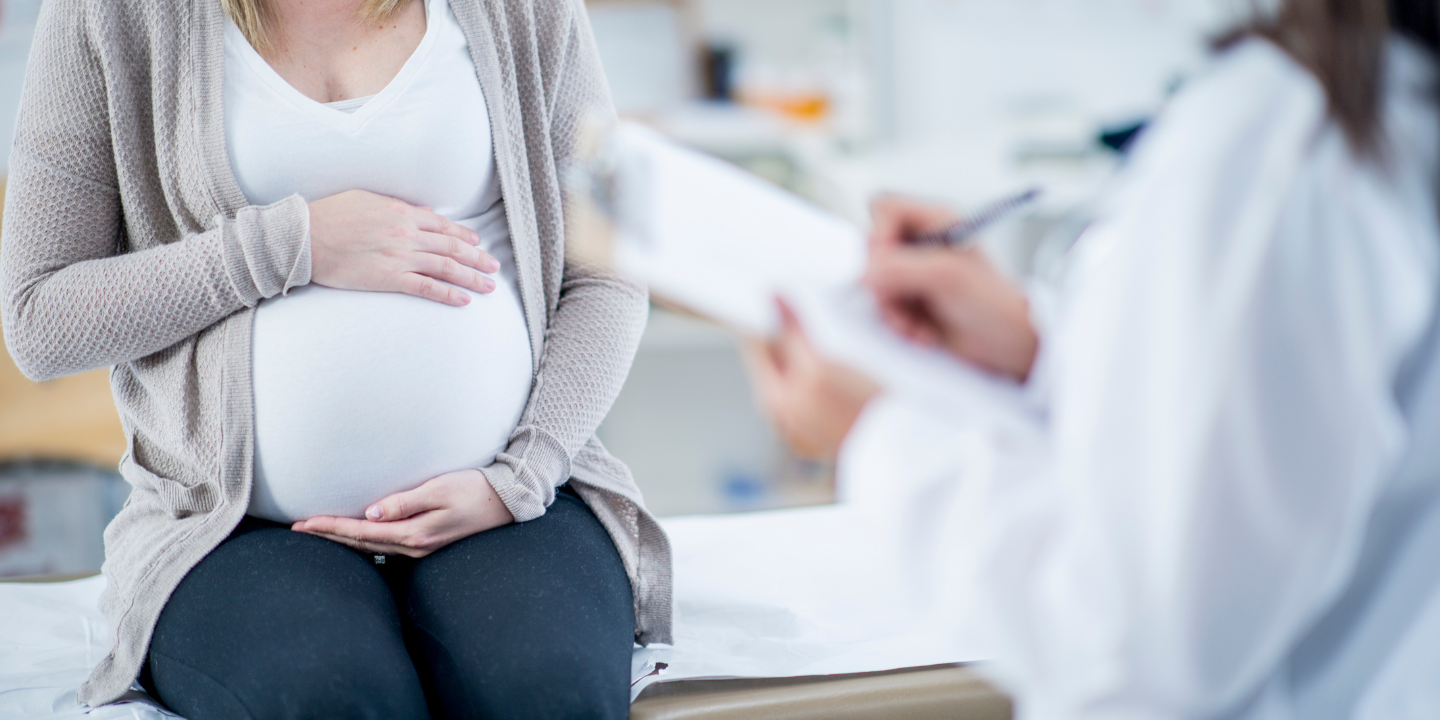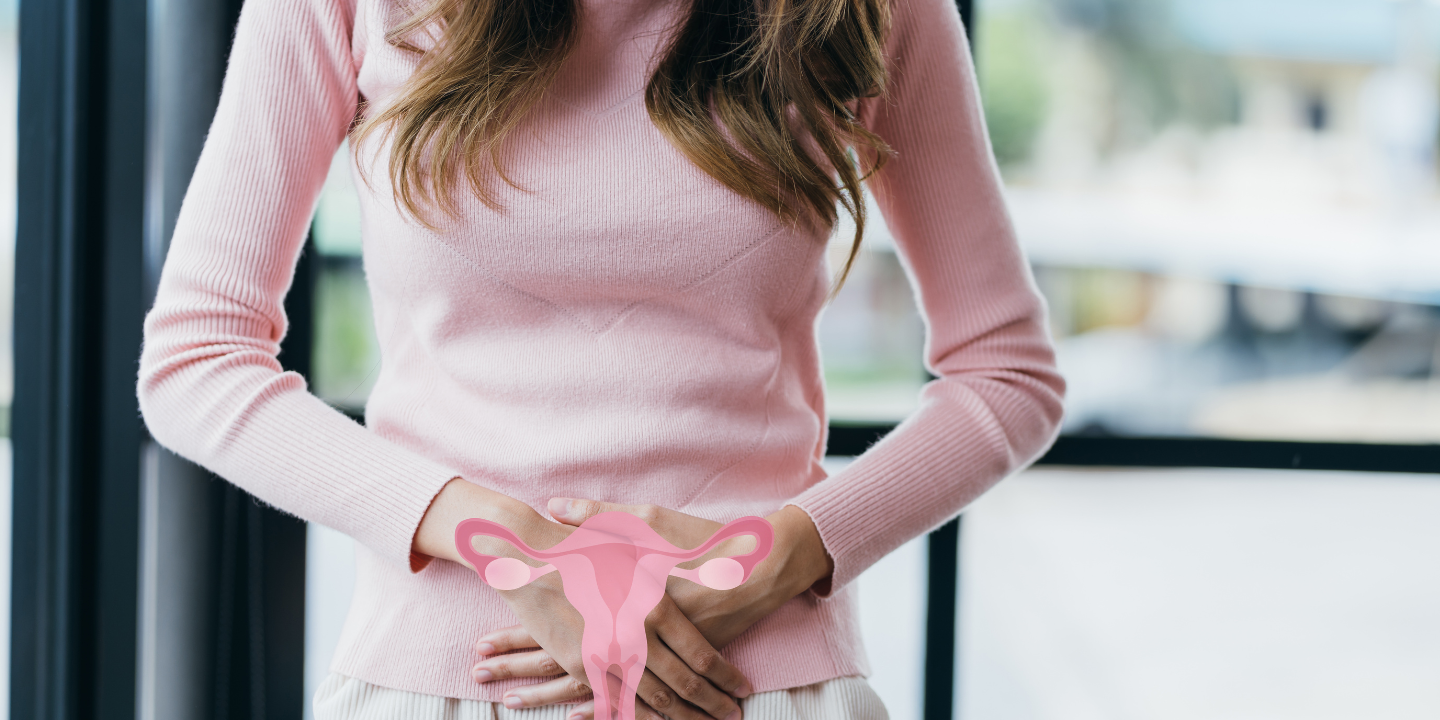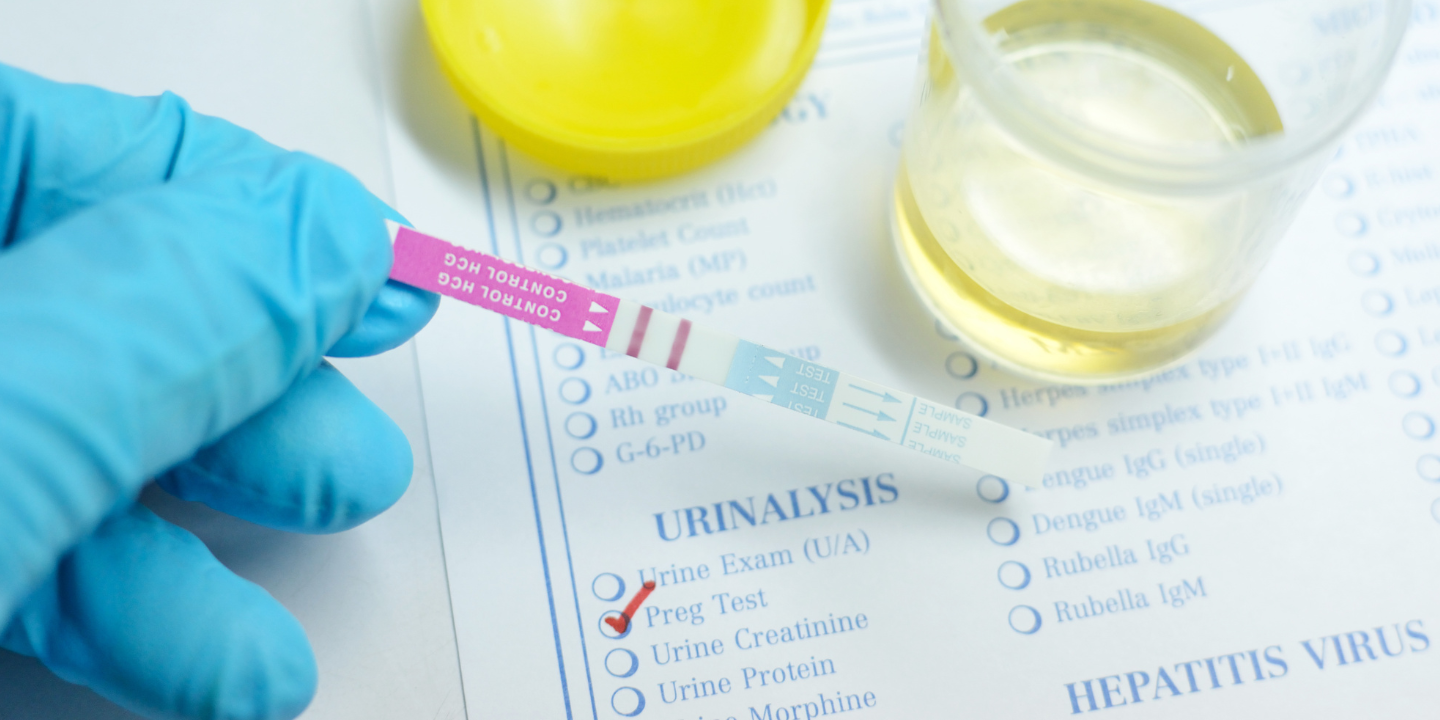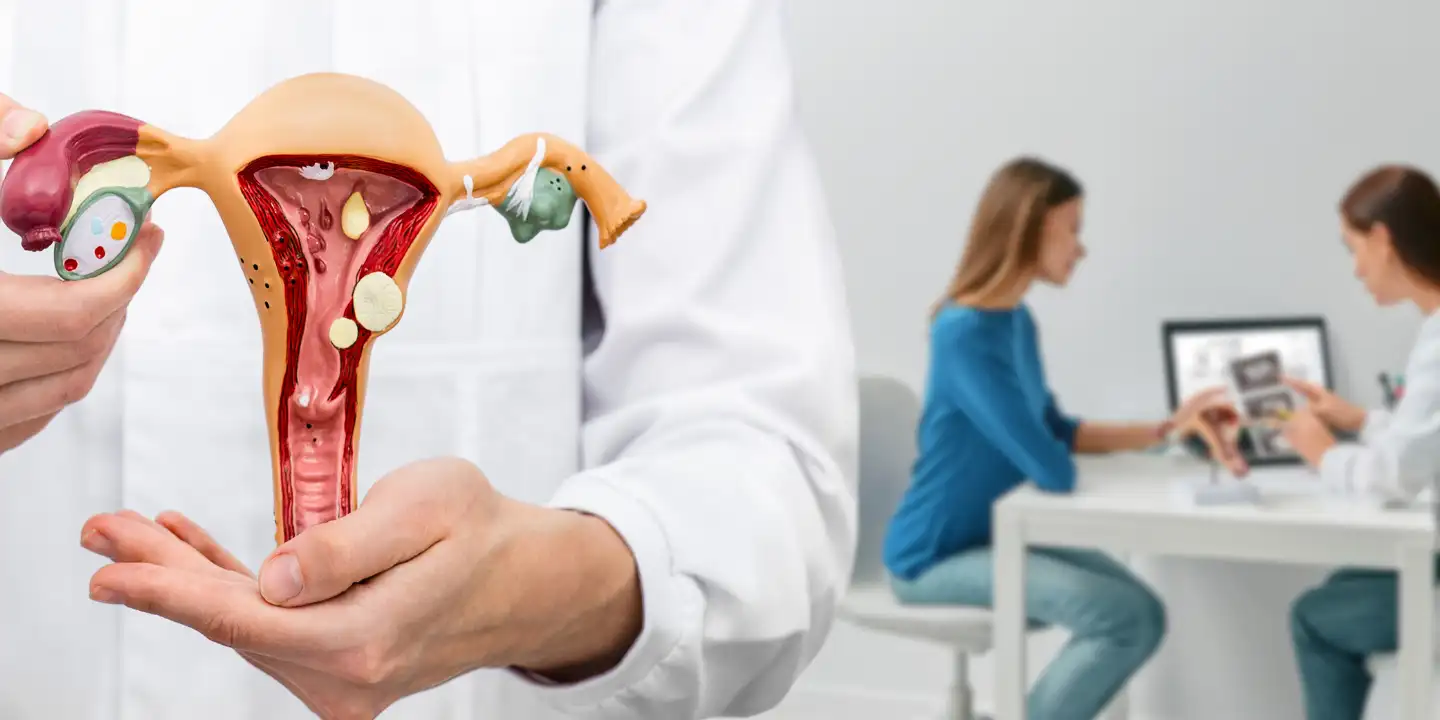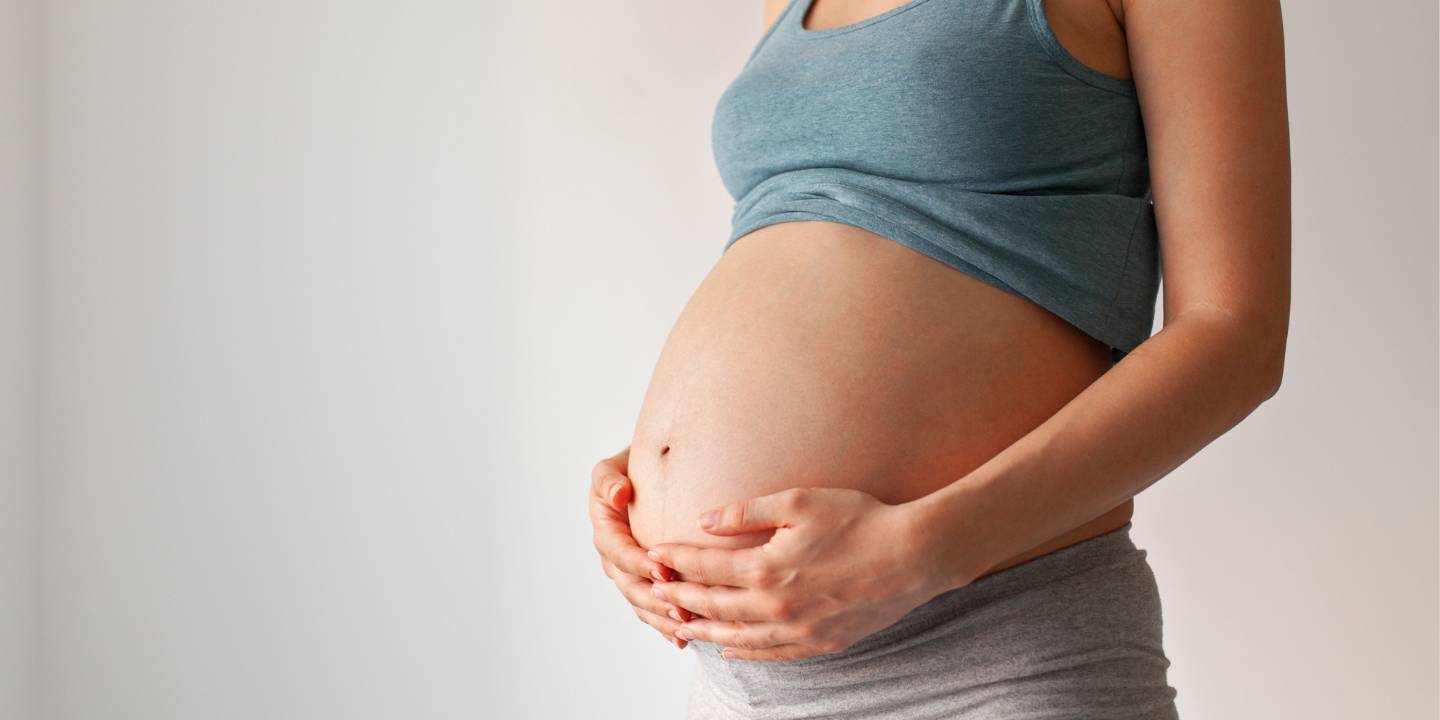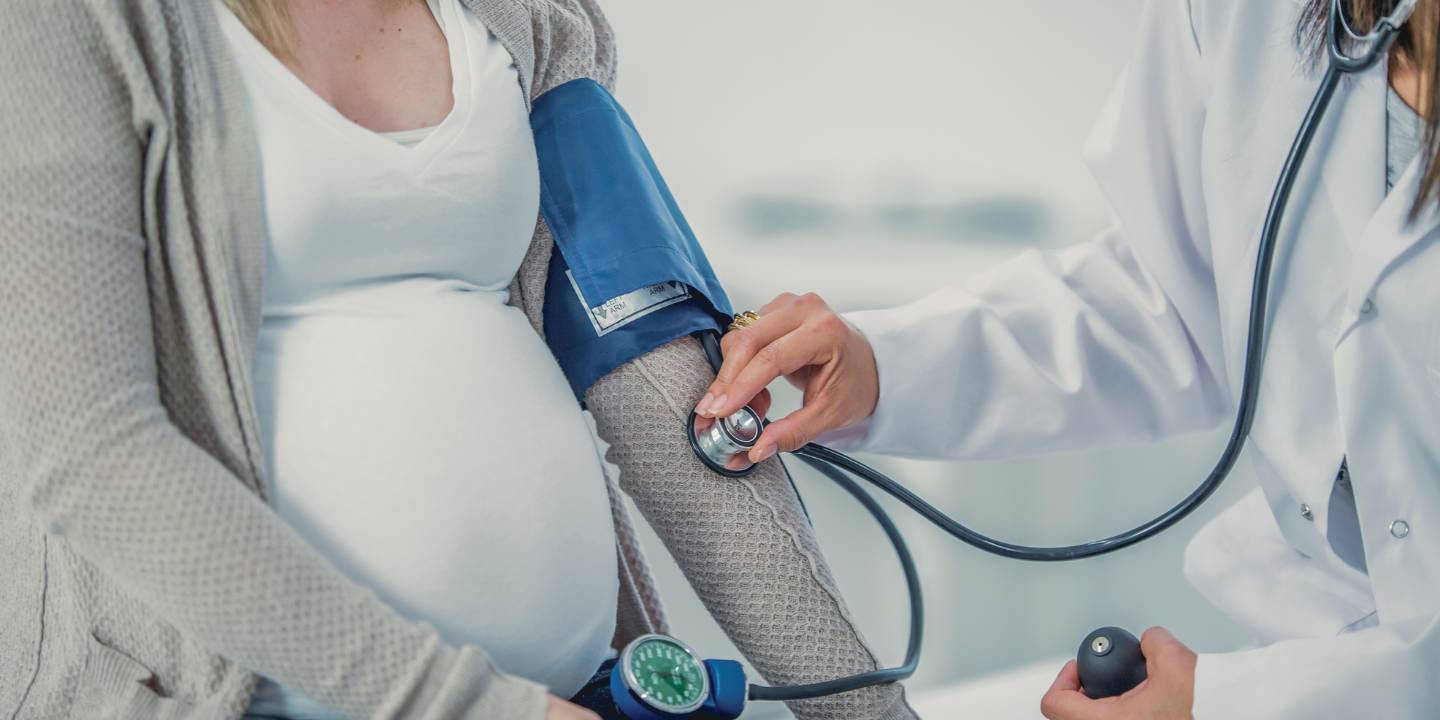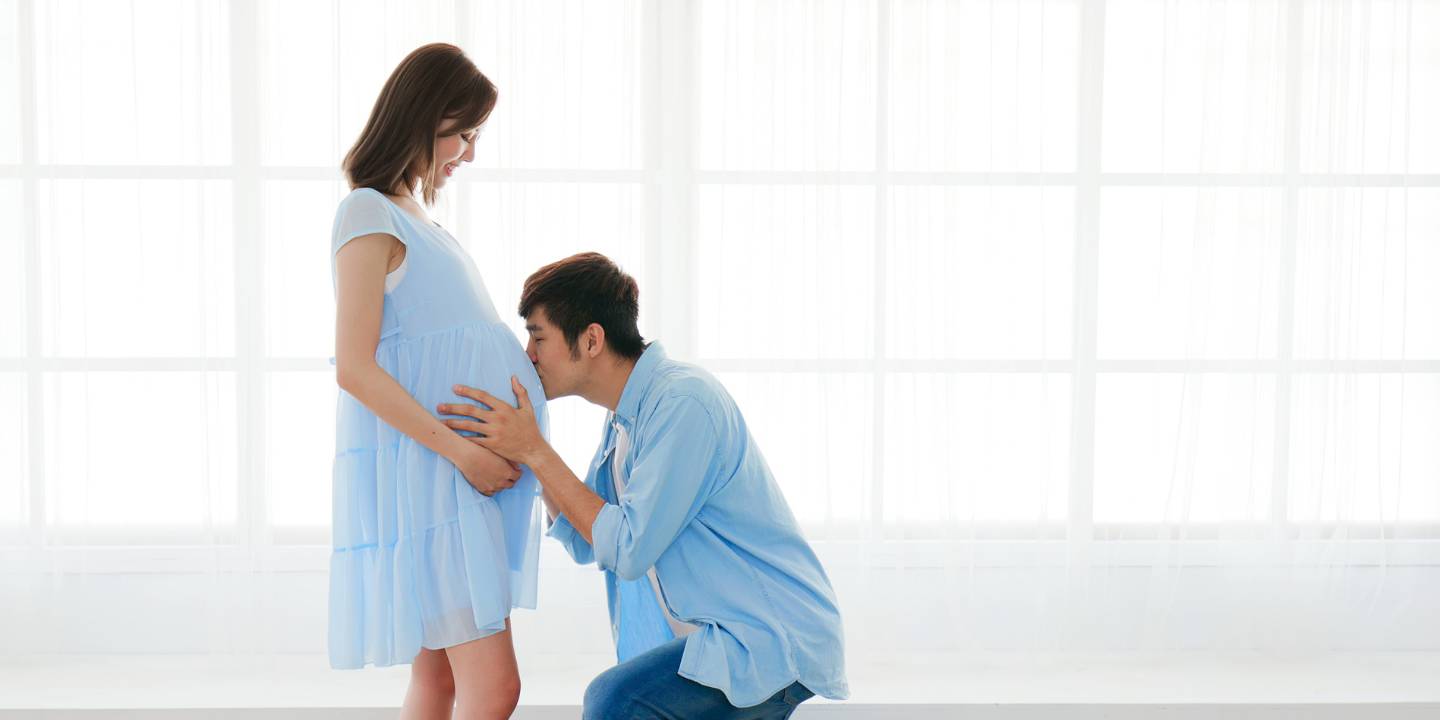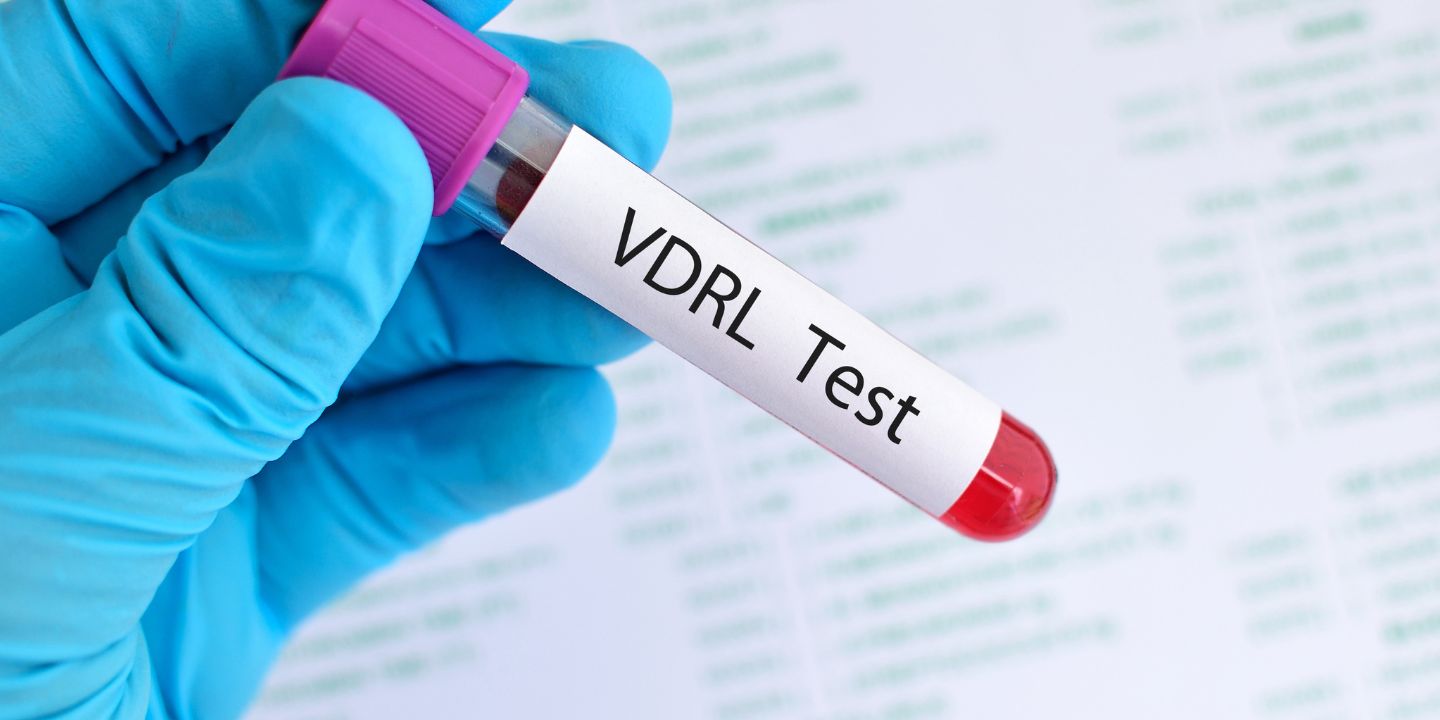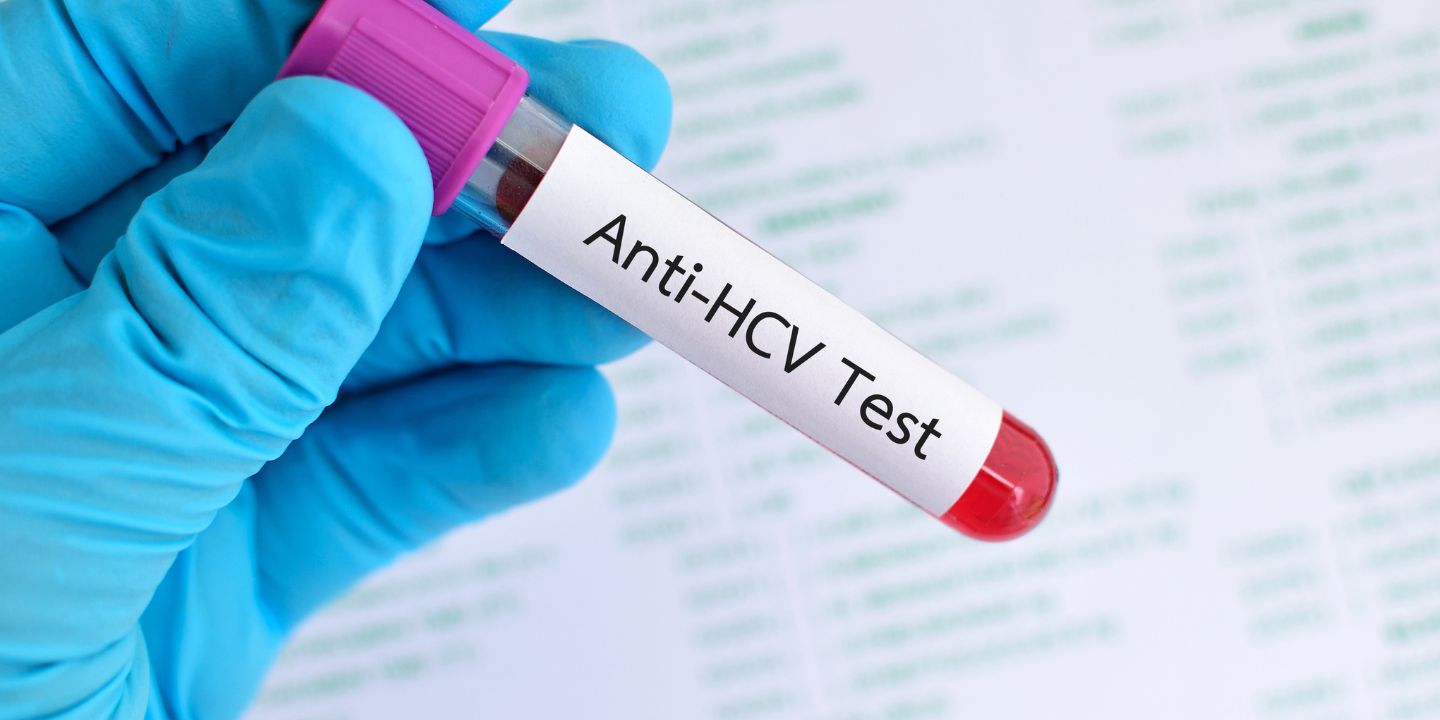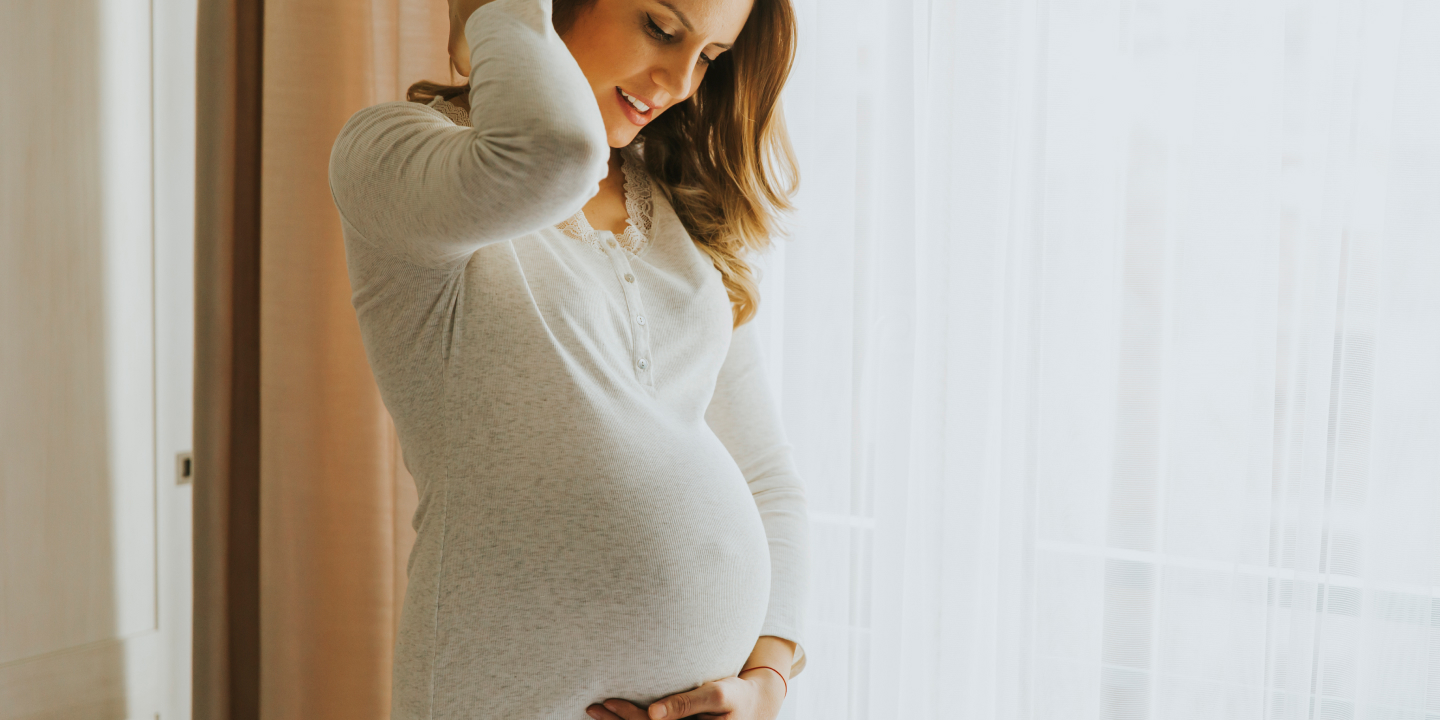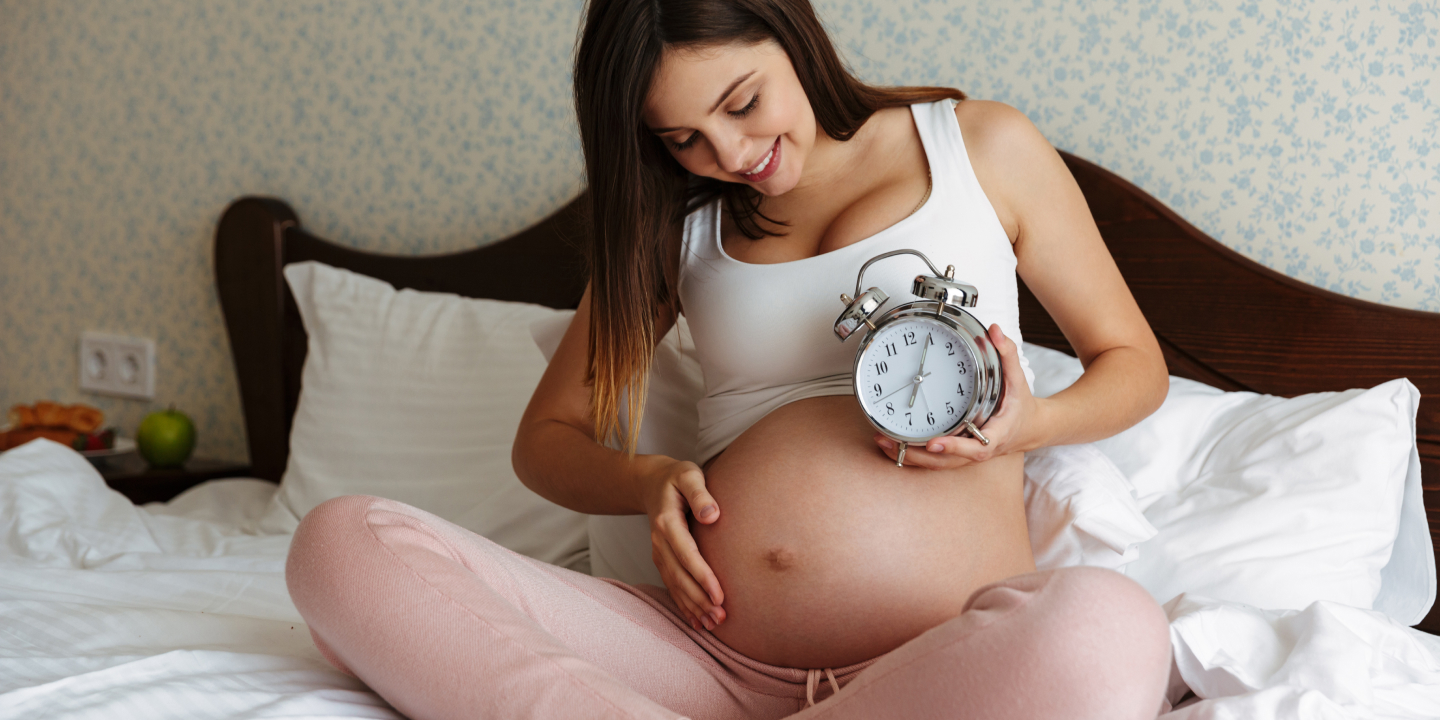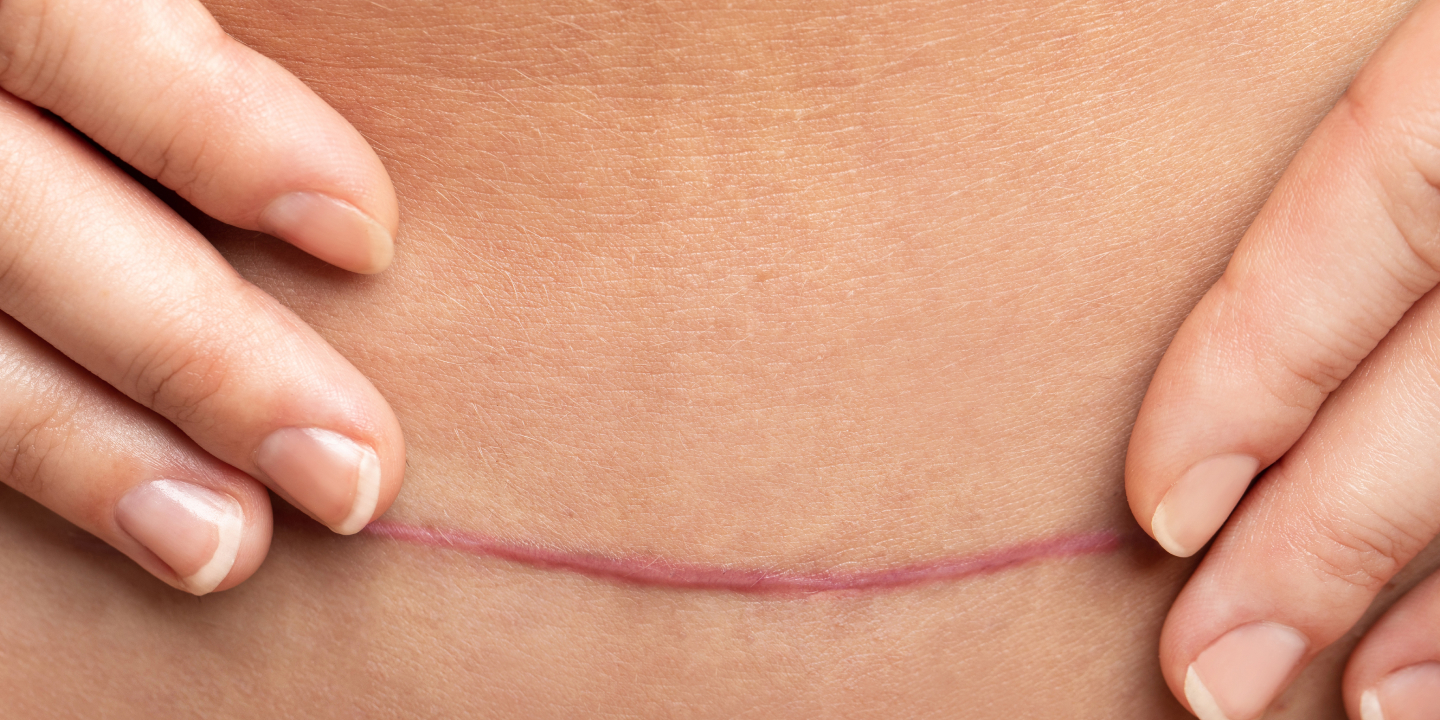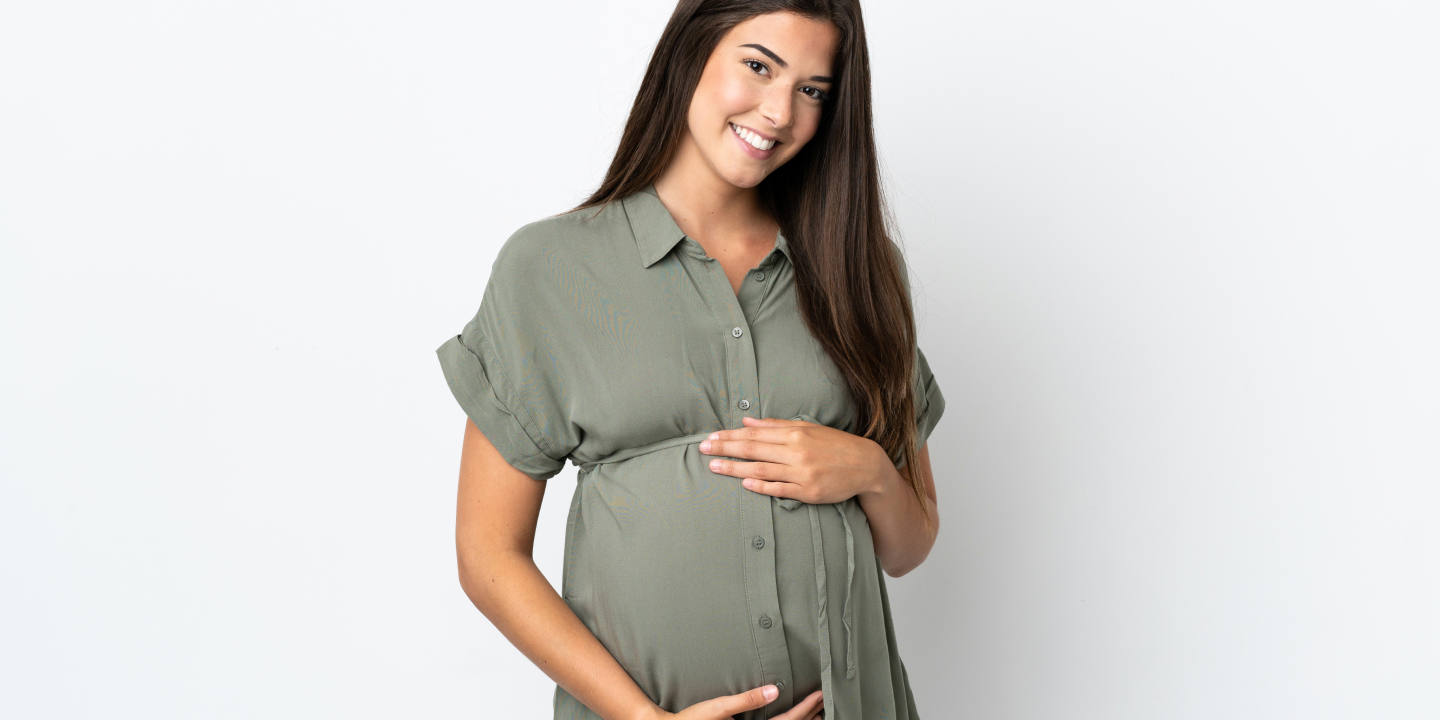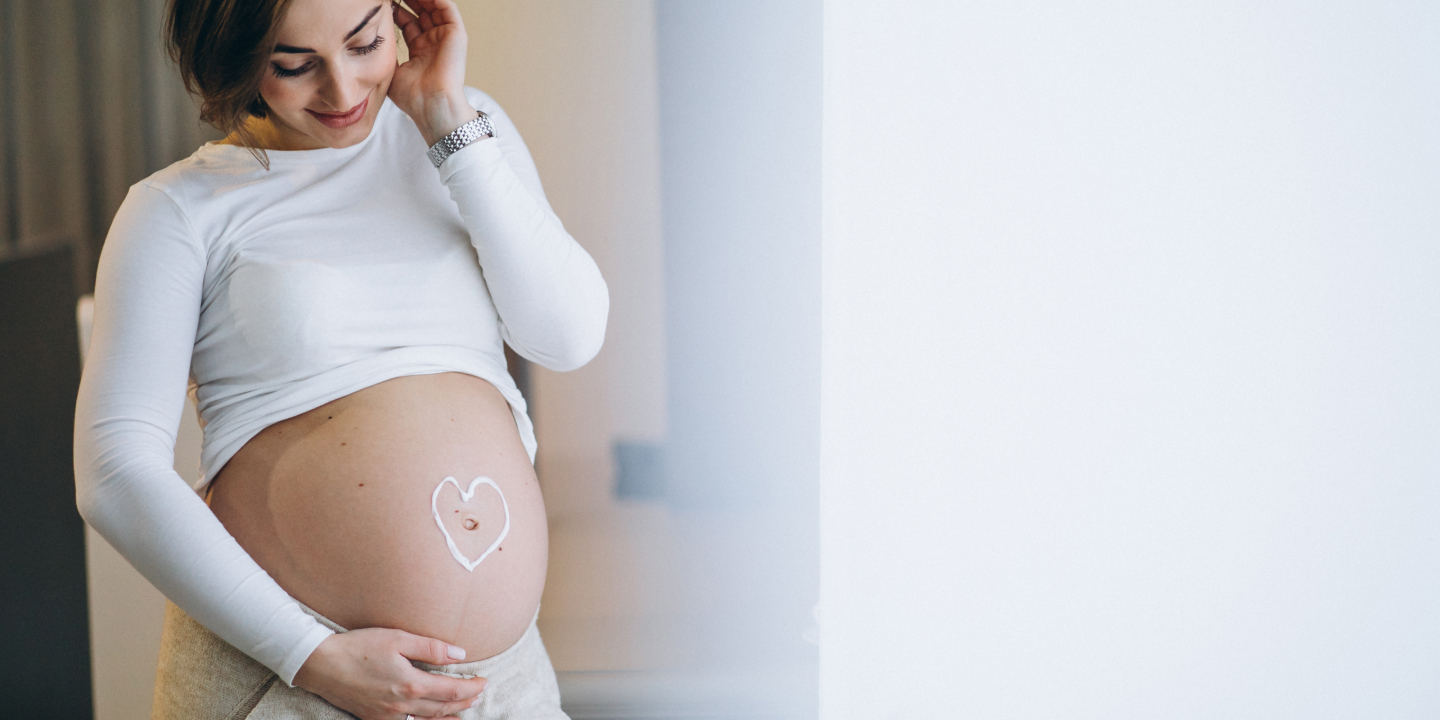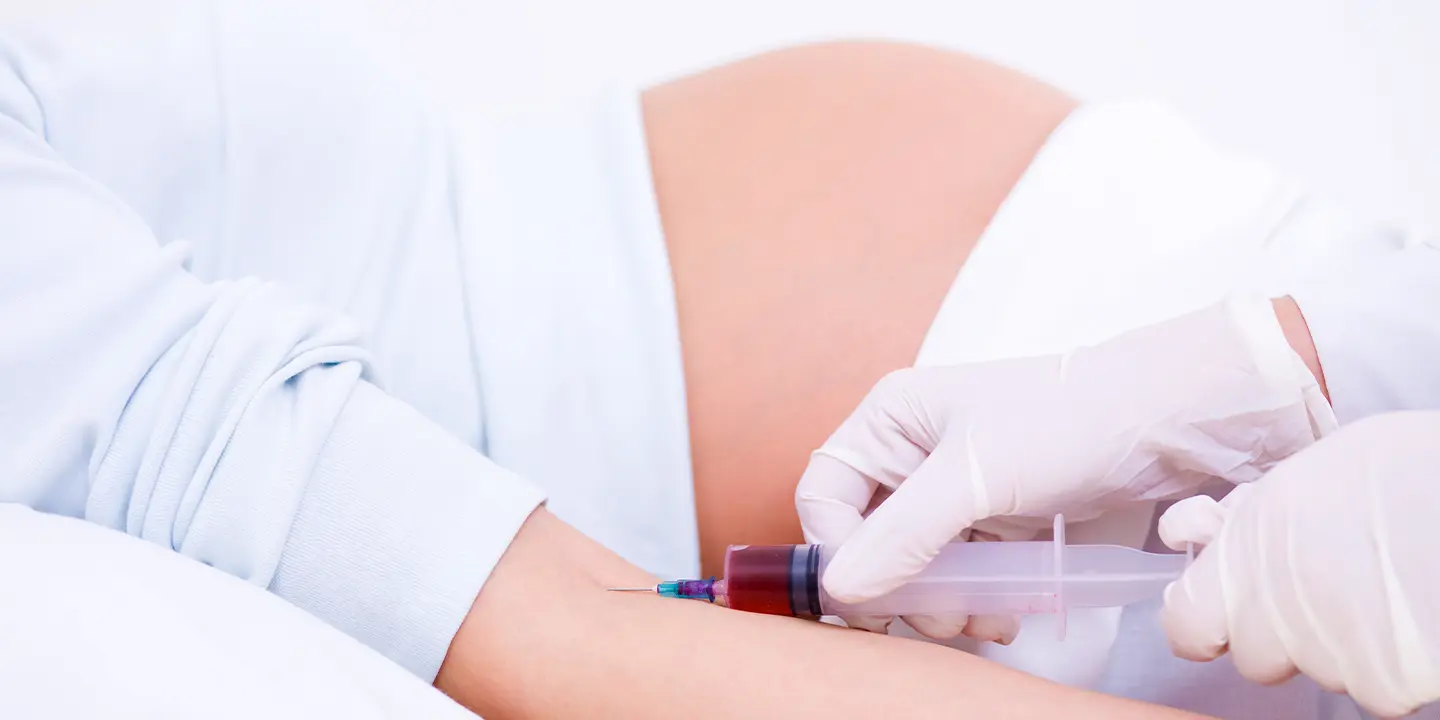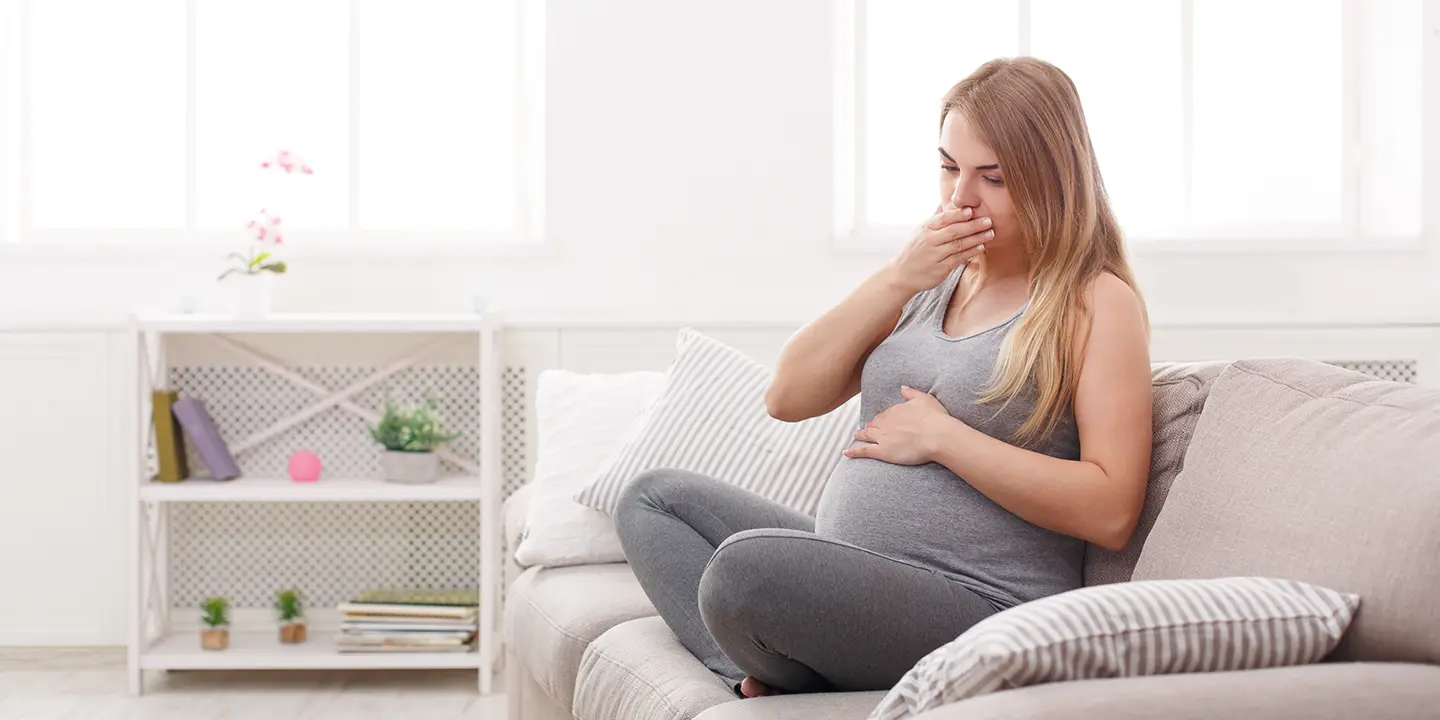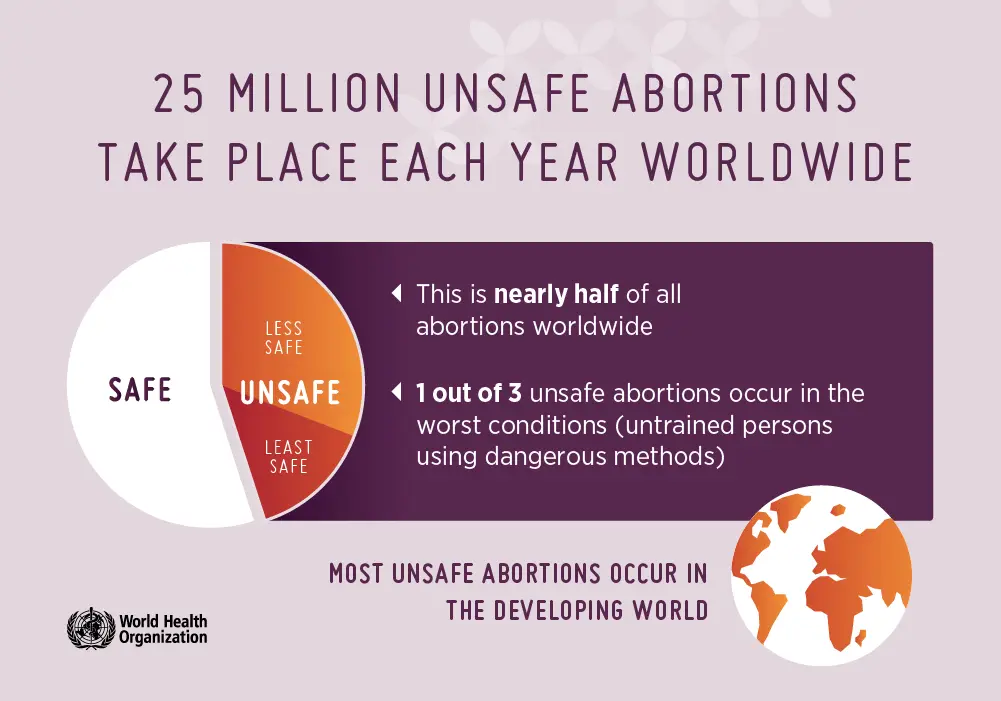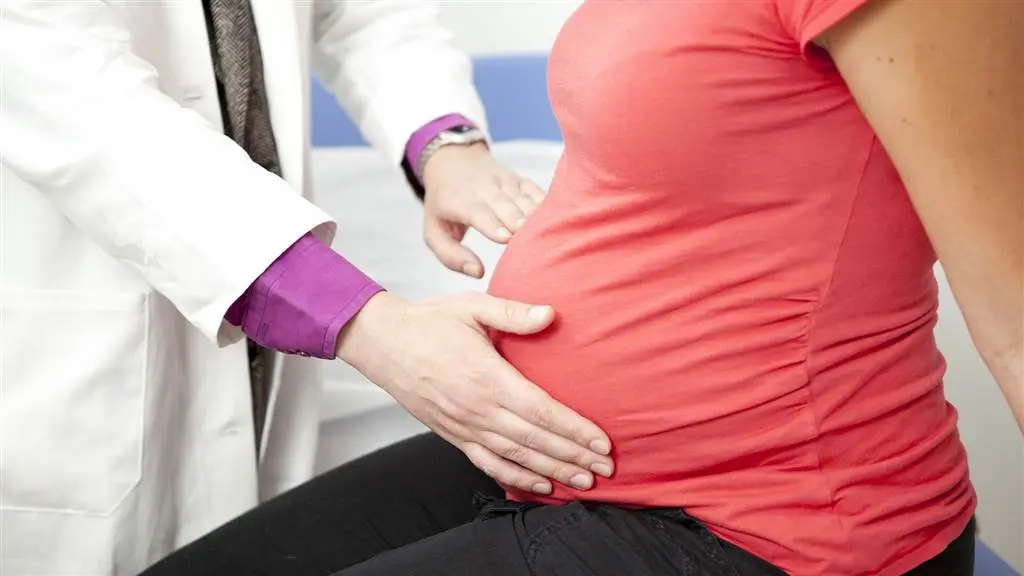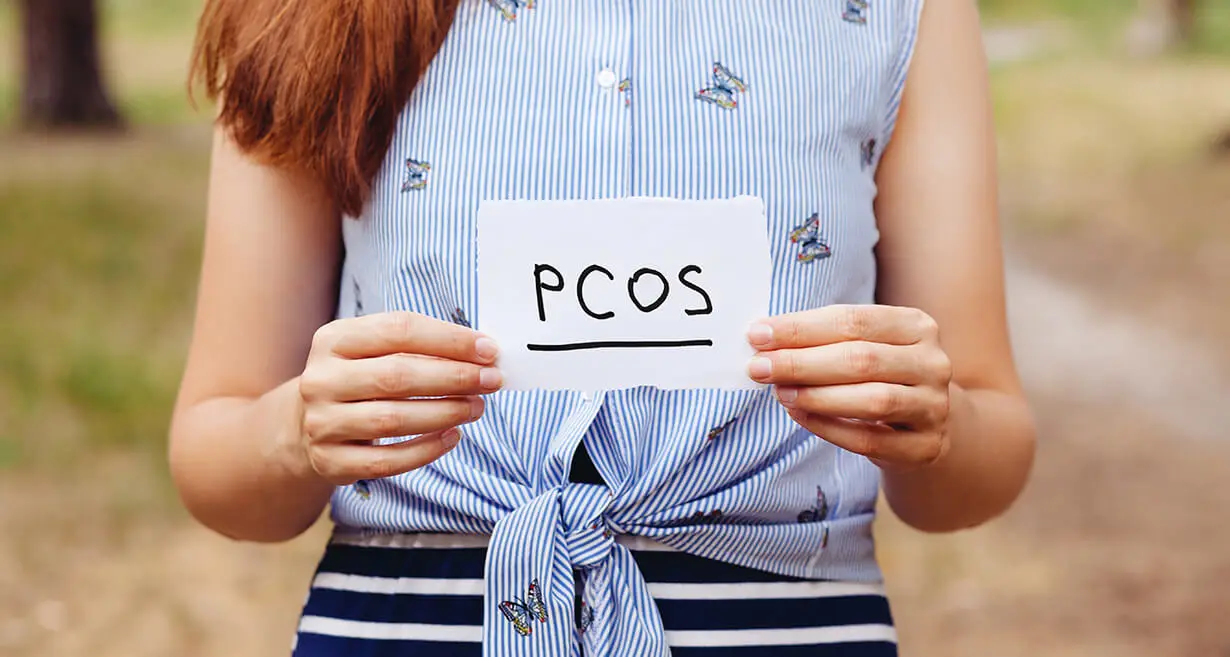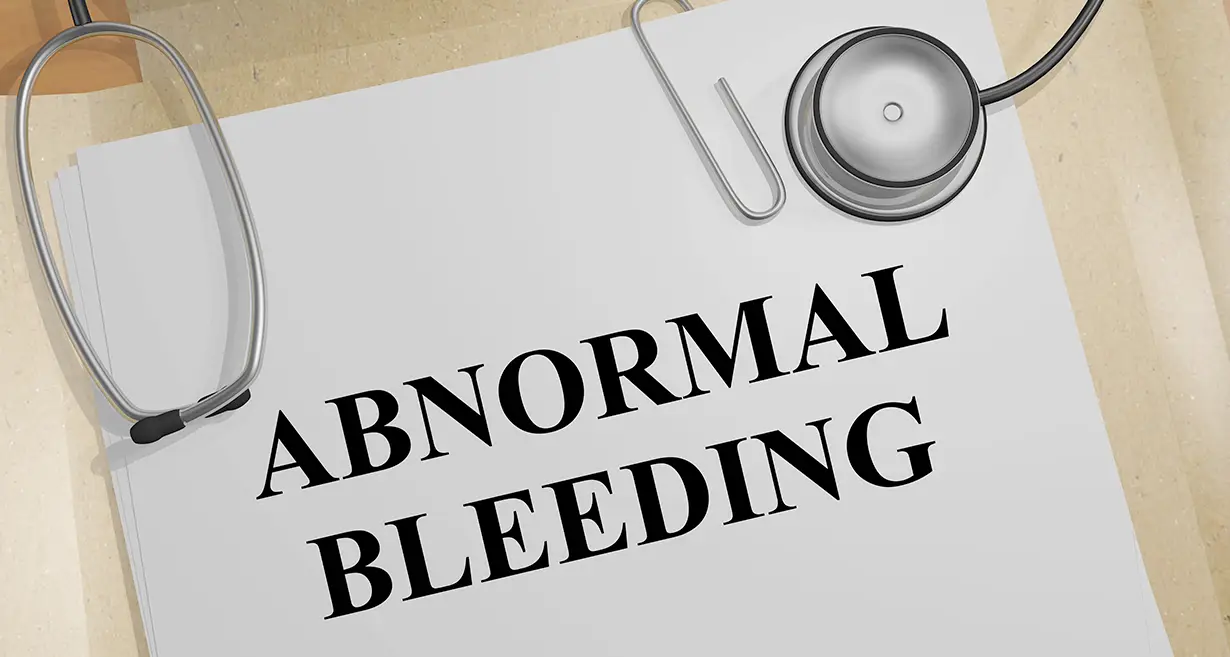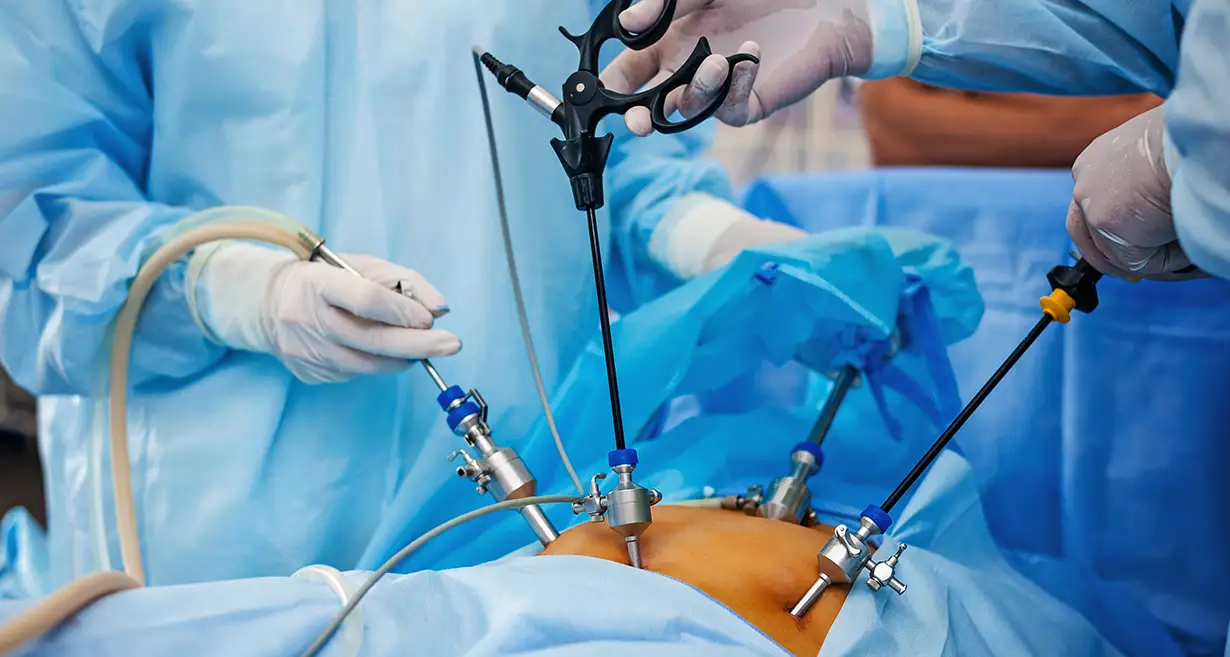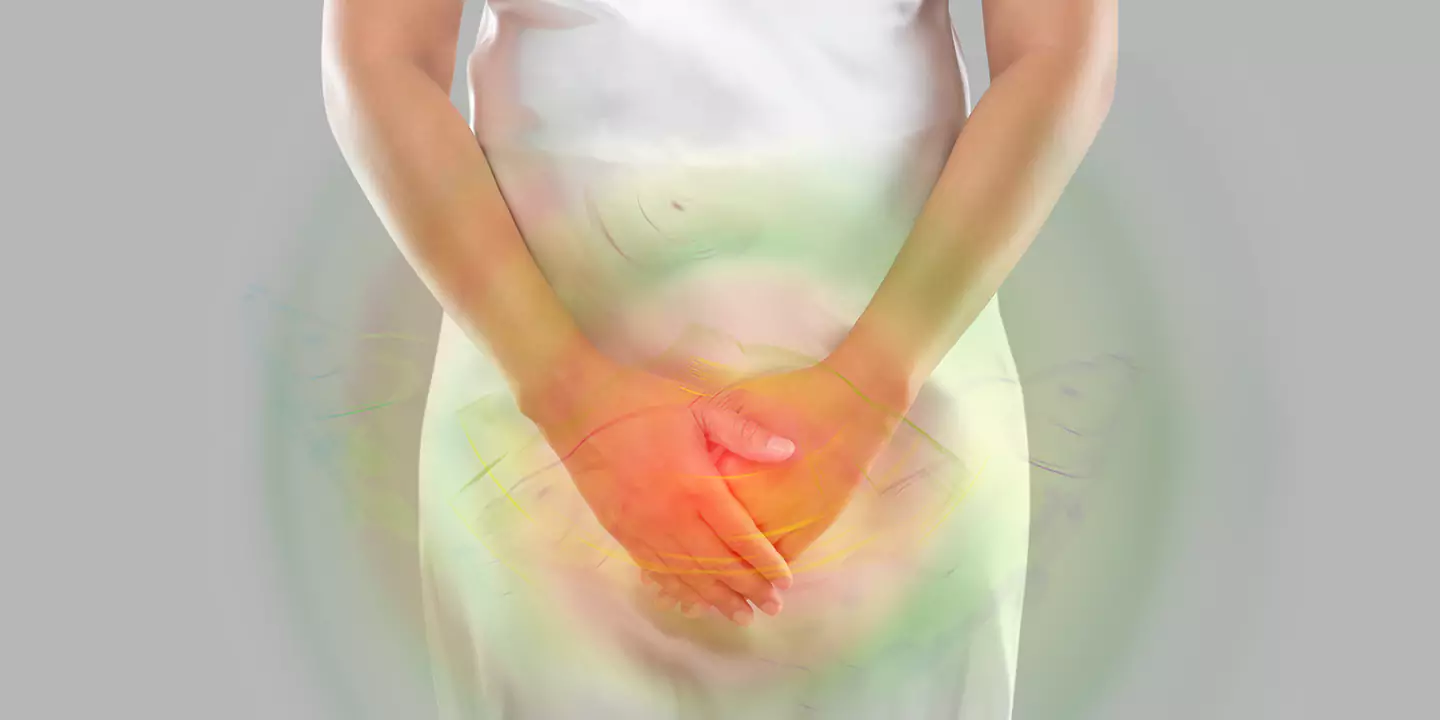
If you’re in your 27th week of pregnancy, you’re likely experiencing a blend of excitement and anticipation as you approach the final stretch of your journey and draw nearer to your due date.
In this article, we will learn about the physical, mental, and emotional changes and symptoms you might encounter during this stage.
Apart from that, we’ll explore the development of the baby. To ensure the comfort and pleasure these remaining months, we’ll provide you with valuable tips and advice.
In this Article
27 Week Pregnant – Baby Development
- Your baby is about the size of a head of lettuce, measuring around 14.4 inches and weighing 1.9 pounds.
- Their skin is becoming smoother as they accumulate more fat, signifying rapid growth.
- Your baby is actively engaged in kicking, stretching, and making grasping motions.
- They may exhibit “smiling” behaviours, particularly while sleeping.
- After being fused shut for over four months, their eyelids can now open, allowing them to perceive lights and shadows.
- Your baby may begin to recognize familiar voices, especially yours, and respond with movements and a slowed heart rate, indicating calmness.
- Your little one’s position in the uterus can still change as they remain active throughout the pregnancy.
- The brain is becoming more active, with neurons and synapses forming complex connections throughout different brain areas.
- The lungs continue to mature, expanding the tiny air sacs (alveoli) and producing surfactant to prevent alveoli collapse.
- Your baby practices breathing by inhaling and exhaling amniotic fluid, contributing to lung development. This practice accounts for about 10% to 20% of their time.
Related Blog: 26 Week Pregnant: Symptoms, Tips, and Baby Development
27 Weeks Pregnant Is How Many Months?
At 27 weeks pregnant, you are approximately 6 months and 3 weeks into your pregnancy. Pregnancy is typically calculated as 40 weeks or 9 months, although it is common to refer to pregnancy in terms of months as well.
At 27 weeks pregnant, fetal movement counting becomes more important. Monitor your baby’s movements daily, aiming for about 10 distinct fetal kicks, rolls, or flutters within two hours. Contact your healthcare provider if you notice any significant changes in movement patterns.
27 Weeks Pregnant Bump
At this stage, your fundal height, which is the dimension from your pubic bone to the top of your uterus, is typically around 25 to 28 centimetres (approximately 10 to 11 inches). Usually, this measurement aligns with the number of weeks you are pregnant. However, your healthcare provider will likely measure your fundal height during each visit to monitor the extent of your uterus and your baby’s development progress.
Related Blog: 8 Surprising Things Unborn Babies Usually Do In The Womb
27 Weeks Pregnant Symptoms
- Pelvic bone pain
Hormonal changes loosen joints, causing pelvic pain. Avoid prolonged standing and heavy lifting.
- Constipation
Hormonal effects and pressure on the rectum can lead to infrequent bowel movements. Stay hydrated and consume high-fibre foods.
- Vaginal discharge
Normal increase, but changes in colour, consistency, or odour may indicate infection. Consult a healthcare provider for assessment and potential treatment.
- Skin pigmentation changes
Increased melanin production darkens nipples and may create a linea nigra. Chloasma patches on the face can occur. Protect skin from sun exposure.
- Vivid dreams
Common in the third trimester, these dreams can be entertaining but may disrupt sleep.
- Cramping
Abdominal cramping, back pain, bleeding, or frequent contractions could be signs of preterm labour. Reach your healthcare provider if these signs persist or worsen.
- Skin, hair, and nail changes
Pregnancy can bring unpredictable changes to your skin, hair, and nails. They may become thicker or grow faster but can also become more brittle.
- Snissing (Sneezing + Peeing)
Increased pressure on the bladder due to your growing baby can result in involuntary urine leakage. Frequent bathroom breaks and using pantiliners may help manage this symptom.
Related Blog: 25 Week Pregnant: Symptoms, Tips, and Baby Development
27 Weeks Pregnant – Tips to Follow
- Consider a cardio workout that’s gentle on joints and helps with aches and pains.
- Discuss options with your healthcare provider for public or private cord blood banking.
- If you’re Rh-negative, you may receive Rh immune globulin to prevent complications.
- Discuss preferences, like allowing your birth partner to cut the umbilical cord, in advance with your provider.
- Use this time to organize, baby-proof, and complete small home tasks, but remember to rest and ask for help when needed.
- Rest and stay hydrated to reduce water retention. Cool cucumber slices or chilled spoons can provide quick relief.
- Ensure you have a car seat for your newborn before leaving the hospital.
- Opt for wild or organically raised farmed salmon, which contain healthy fats.
- Note foods that may trigger restless leg syndrome (RLS). Experiment with different foods to identify triggers or improvements.
- Swap gas-inducing foods for options like spinach and carrots. Stay hydrated and opt for smaller meals to minimize gas.
- Invest in a supportive bra and pregnancy pillow. Seek emotional support from a partner, friend, or therapist.
- Although sleep may be interrupted, prioritize rest as much as possible.
Takeaway at Twenty-Seven Weeks Pregnant
During week 27, baby is growing with developments such as improved skin, increased movements, and the ability to recognize familiar voices. However, you may experience symptoms like pelvic pain, constipation, and skin pigmentation changes. To make this stage more comfortable, consider swimming for exercise and rest when needed. Remember to discuss cord blood banking options and consider signing up for infant CPR classes. For expert guidance and care throughout your pregnancy journey, consult Queen’s Gynecology in Delhi. We provide comprehensive services to support your health and well-being.
Summary
At 27 weeks pregnant, baby is rapidly growing and developing. You may experience symptoms such as pelvic pain, constipation, and skin pigmentation changes. Tips for this stage include swimming for exercise, discussing cord blood banking options, and organizing your home. Stay hydrated, ensure you have a car seat, and seek emotional support. Rest when possible and prioritize sleep. Consult a gynaecologist and follow their advice to reduce symptoms.
| Week | Pregnancy Symptoms | Tips and Advice | Baby Development |
| Week 1 | – Missed period | – Take a home pregnancy test | – Fertilization occurs |
| Week 2 | – Tender breasts | – Begin taking prenatal vitamins | – Blastocyst implants in the uterus |
| Week 3 | – Fatigue | – Schedule your first prenatal visit | – Embryonic development begins |
| Week 4 | – Morning sickness starts | – Avoid alcohol, smoking, and caffeine | – Neural tube forms |
| Week 5 | – Increased urination | – Eat a balanced diet | – Heart starts beating |
| Week 6 | – Mood swings | – Stay hydrated | – Brain and head development |
| Week 7 | – Constipation | – Start gentle exercise | – Limb buds form |
| Week 8 | – Food cravings | – Get plenty of rest | – Webbed fingers and toes develop |
| Week 9 | – Weight gain begins | – Avoid raw or undercooked foods | – Tail disappears, now considered a fetus |
| Week 10 | – Visible baby bump | – Wear comfortable clothing | – Organs continue to develop |
| Week 11 | – Darkened areolas | – Practice relaxation techniques | – Baby can swallow and produce urine |
| Week 12 | – Reduced nausea | – Consider prenatal classes | – Sex organs distinguishable |
| Week 13 | – Increased energy | – Continue regular check-ups | – Baby’s fingerprints form |
| Week 14 | – Less frequent urination | – Plan for maternity leave | – Baby’s facial muscles develop |
| Week 15 | – Quickening (baby moves) | – Do pelvic floor exercises | – Baby can make facial expressions |
| Week 16 | – Round ligament pain | – Stay active with low-impact exercises | – Develops sense of hearing |
| Week 17 | – Nasal congestion | – Consider a prenatal massage | – Baby’s skeleton starts hardening |
| Week 18 | – Belly button changes | – Stay well-hydrated | – Vernix caseosa covers the skin |
| Week 19 | – Braxton Hicks contractions | – Eat small, frequent meals | – Baby’s kicks become stronger |
| Week 20 | – Leg cramps | – Begin monitoring baby’s movements | – Baby is covered in lanugo (fine hair) |
| Week 21 | – Shortness of breath | – Sleep on your side | – Eyebrows and eyelashes appear |
| Week 22 | – Linea nigra (skin darkens) | – Practice relaxation techniques | – Rapid brain development |
| Week 23 | – Backache | – Consider prenatal yoga or swimming | – Baby can recognize your voice |
| Week 24 | – Swollen ankles | – Elevate feet when sitting or lying | – Lungs continue to mature |
| Week 25 | – Increased appetite | – Continue regular prenatal check-ups | – Baby may respond to loud noises |
| Week 26 | – Heartburn | – Sleep with extra pillows for support | – Eyes open for the first time |
| Week 27 | – Braxton Hicks intensify | – Pack your hospital bag | – Baby can hiccup |
| Week 28 | – Trouble sleeping | – Monitor blood pressure | – Baby’s kicks become more regular |
| Week 29 | – Shortness of breath | – Avoid lifting heavy objects | – Baby’s bones fully developed |
| Week 30 | – Swollen hands | – Stay hydrated and avoid salt | – Baby may be head-down in preparation for birth |
| Week 31 | – Increased vaginal discharge | – Take childbirth classes | – Baby’s immune system develops |
| Week 32 | – Hemorrhoids | – Practice perineal massage | – Baby’s toenails and fingernails grow |
| Week 33 | – Trouble finding a comfortable position to sleep | – Rest and nap when possible | – Baby’s bones start to harden further |
| Week 34 | – Frequent urination | – Prepare for maternity leave | – Baby’s central nervous system matures |
| Week 35 | – Braxton Hicks increase | – Avoid prolonged standing or sitting | – Baby’s skin becomes less wrinkled |
| Week 36 | – Pelvic pressure | – Finalize birth plan | – Baby continues to gain weight |
| Week 37 | – Lightening (baby drops) | – Stay active with walking | – Baby’s head positions for birth |
| Week 38 | – Fatigue increases | – Do pelvic exercises | – Baby’s lungs are fully mature |
| Week 39 | – Cervix effacement | – Rest and conserve energy | – Baby’s immune system continues to develop |
| Week 40 | – Contractions begin | – Monitor contractions | – Baby’s digestive system is ready for breast milk |
| Week 41 | – Dilation of cervix | – Stay calm and patient during labor | – Baby’s head molds to fit through the birth canal |
Please note that every pregnancy is unique, and symptoms and developments may vary from person to person. Always consult with a healthcare professional for personalized advice and care during pregnancy.




